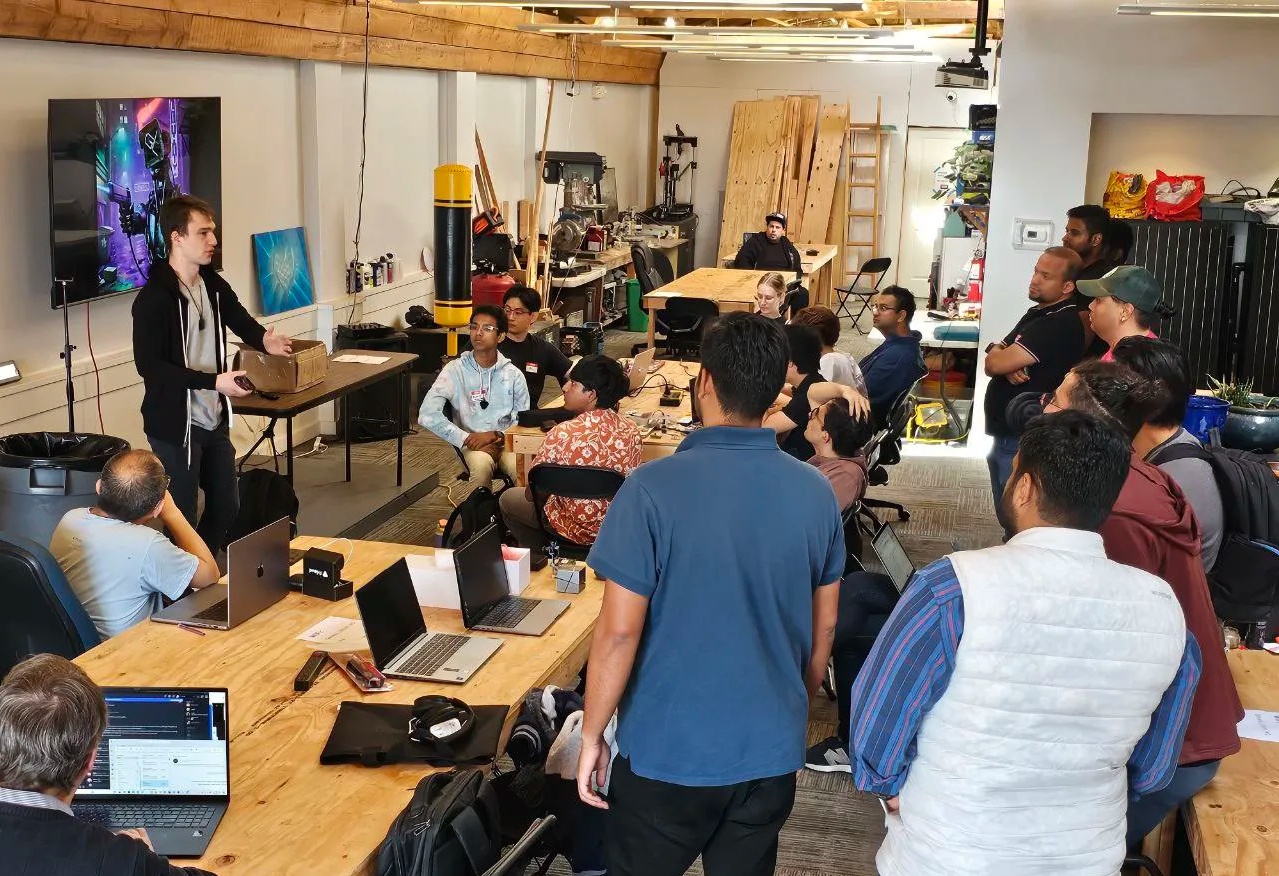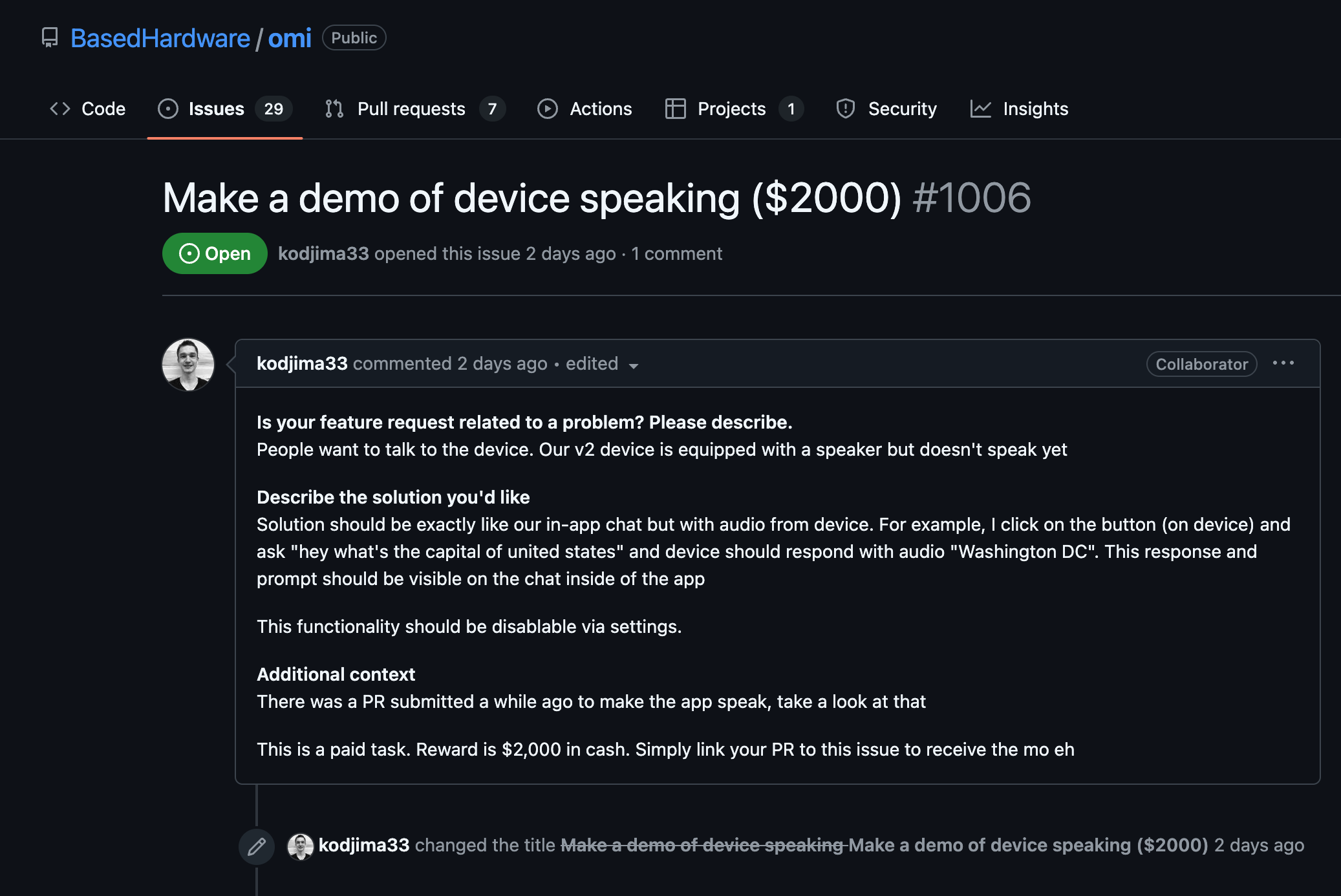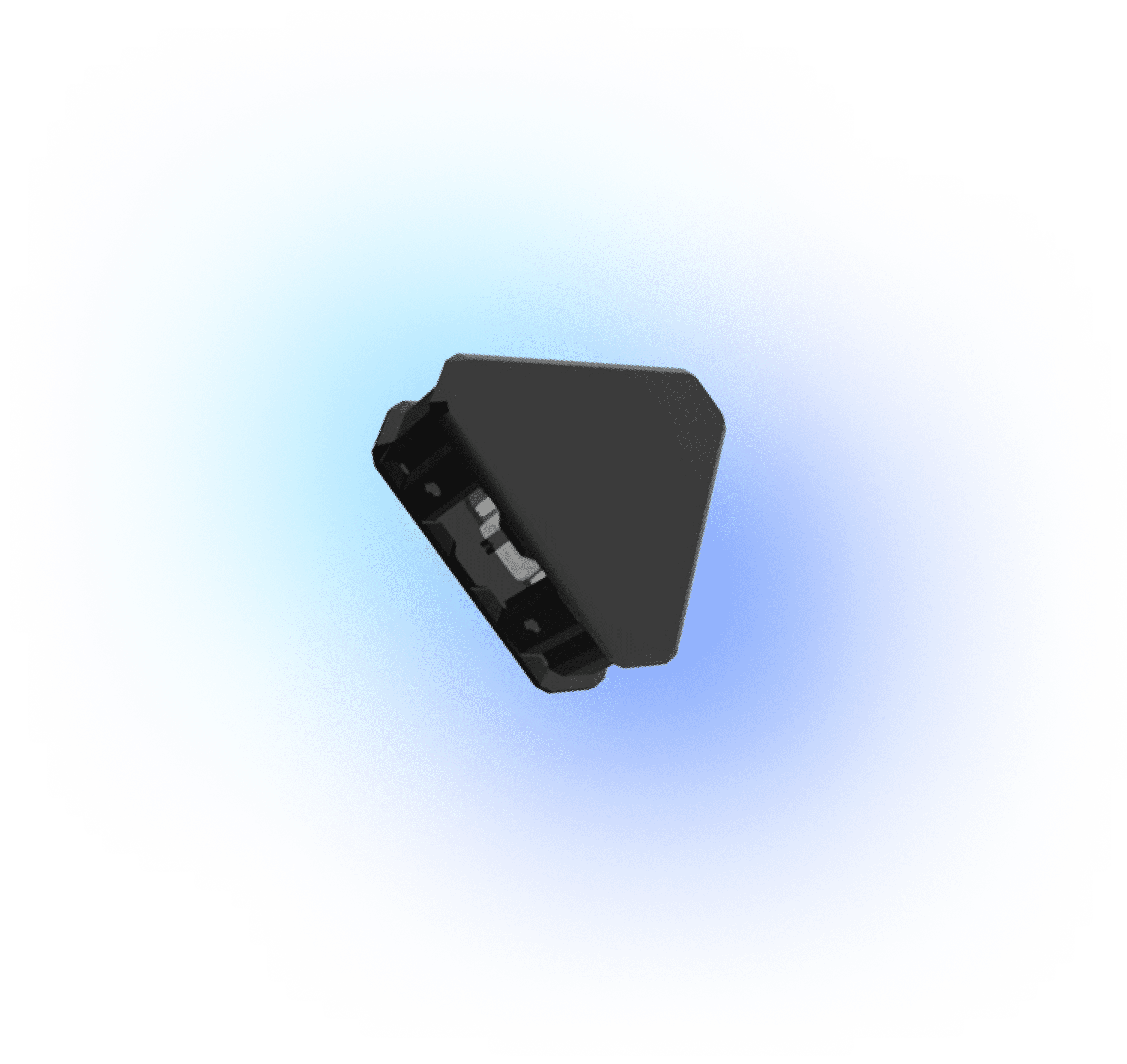Conceptual Understanding of EMC
- Understand the core principles of Electromagnetic Compatibility (EMC): It involves ensuring that electronic systems operate without interfering with each other through electromagnetic interference (EMI) and without degradation in performance due to EMI from external sources.
- Recognize common EMC issues in industrial systems such as radiated emissions, conducted emissions, and susceptibility to external EMI.
PCB Design Practices
- Ensure proper layer stack-up: Use dedicated layers for power, ground, and signal traces to minimize loop area and reduce inductance.
- Employ signal integrity practices: Avoid long parallel runs of traces to reduce inductive and capacitive coupling. Use differential pairs for high-speed signals.
- Implement proper filtering: Use decoupling capacitors close to power pins to suppress high-frequency noise. Use ferrite beads on power lines for further noise suppression.
Shielding Techniques
- Utilize shielded cables for interconnections: This helps in minimizing both emitted and absorbed electromagnetic waves.
- Design enclosures with conductive or absorptive materials: Use gaskets and coatings to seal enclosures and prevent emissions and susceptibility.
- Ensure conductivity and continuity in the enclosure: Continuity in metal parts, minimizing gaps, and proper grounding of the shield are crucial for optimal shielding efficiency.
Grounding and Bonding
- Design a proper grounding system: Use single-point ground for low-frequency applications and multi-point grounding for high-frequency applications.
- Minimize loops in the ground path: This reduces the potential for creating unintended antennas that radiate EMI.
Power Integrity
- Implement power distribution networks (PDN): Ensure that power delivery is stable and that noise is minimized by using bulk capacitors for low-frequency ripple and decoupling capacitors for high-frequency noise.
- Use LC filters on power lines: Helps to attenuate noise from switching regulators and other sources.
Firmware and Software Techniques
- Implement spread spectrum techniques: This technique, if supported by the system, can reduce peak emissions by spreading the spectrum of the signal.
- Use noise suppression algorithms: Software can sometimes be employed to intelligently manage the switching sequences to reduce emissions.
Compliance Testing
- Prepare for pre-compliance testing: Use spectrum analyzers and EMC chambers to identify and address issues early in the design phase.
- Understand regulatory standards: Familiarize yourself with relevant standards such as CISPR, EN, or FCC to ensure the design meets necessary compliance.
- Document all design choices: Keep thorough documentation of all your implementations and decisions for future reference and testing.
Iterative Design Process
- Adopt an iterative approach: Test early and often, adapt your design based on the findings from pre-compliance tests and consultations.
- Engage with EMC experts: Collaborative work with specialists can provide unique insights and solutions to complex EMC challenges.
Example Code for Spread Spectrum
// Spread spectrum configuration example
#include <SPI.h>
#define CTRL_REGISTER 0x01
#define SPREAD_SPECTRUM_VALUE 0x05 // Example value
// Example function to enable spread spectrum
void enableSpreadSpectrum() {
SPI.beginTransaction(SPISettings(1000000, MSBFIRST, SPI_MODE0));
digitalWrite(CS_PIN, LOW);
SPI.transfer(CTRL_REGISTER);
SPI.transfer(SPREAD_SPECTRUM_VALUE);
digitalWrite(CS_PIN, HIGH);
SPI.endTransaction();
}























